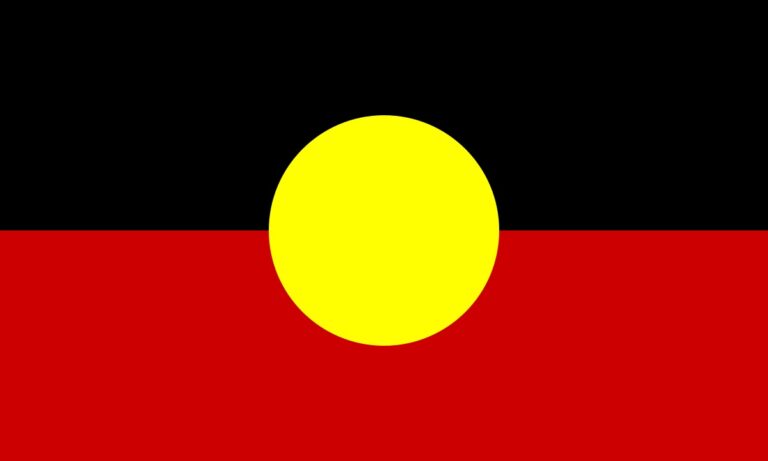FARE’s submission to the Australian Government’s consultation process on specific aspects of the Labelling Logic report on food labelling. The submission outlines a labelling regime that includes at least five specific warning labels, rotated across all products, with one label focusing on the harms of consuming alcohol while pregnant.
Recommendations
- Health warning labels should be specific and alert the consumer to particular harms associated with alcohol consumption.
- There should be a suite of at least five health warning labels rotated across all alcohol products to avoid message ‘wear out’. One health warning label should be about the risks associated with alcohol consumption during pregnancy.
- The implementation of health warning messages should be accompanied by a public education campaign, including information at the point of sale that expands on the messages in the labels.
- A health warning label regime should be implemented through mandatory government regulation.
- The Drinkwise labelling scheme does not address the Review Panel’s recommendations and should not be viewed as a substitute to a comprehensive alcohol health warning label regime.
- The cost to industry of implementing health warning labels is not prohibitive and should not prevent the government from implementing a health warning label regime.
- Health warning labels can contribute greatly to improving health by increasing awareness of the harms associated with consuming alcohol in excess of the recommended NHMRC guidelines.
- Existing state and territory liquor licensing legislation which regulates the sale and supply of alcohol will need to incorporate the Labelling Logic recommendations if they are adopted, particularly where there is an obligation on licensees to display information at the point-of-sale.
- The implementation of health warning labels will need to comply with consumer protection provisions under the Consumer and Competition Act 2010 and also state and territory fairtrading and food safety legislation.
- In order for health warning labels and a supporting public education campaign to be effective, industry practices that impact on the access and availability of alcohol should also be better regulated. In particular, advertising and marketing practices that appeal to young people will continue to encourage excessive drinking if they are not subjected to tighter regulations.
- Health warning labels should be accompanied by point-of-sale information in the form of posters and print-based material to ensure that consumers are exposed to the health warning messages when they have not seen the alcohol product container.
- The point-of-sale information should be part of a broader public education campaign which uses a range of media to promote the health warning labels and provide further supporting information.
- The implementation of health warning labels is the most effective way to raise awareness of alcohol-related harms and promote the NHMRC Guidelines.
- Alcohol product labelling targets consumers at both the point-of-sale and point-of-consumption.
- Labelling is just one part of a comprehensive approach to alcohol policy reform aimed at preventing harm. Government should also consider initiatives to address the price, availability and promotion of alcohol.
- In line with most other food and beverage products, all alcohol products, not just ‘mixtures of alcohol and other beverages’, should contain a NIP and declaration of energy content.
- All alcohol products should contain an ingredients list.
- The cost of including nutritional information on alcohol product labels is minimal.
- The consumption of alcoholic beverages is a key concern in regards to weight gain, particularly given that alcohol is a significant source of calories. The provision of nutritional information, including energy content is important to allow consumers to make informed decisions about their energy intake.
- There is widespread support for the inclusion of NIPs, including energy content and ingredients lists, on alcohol product packaging.
- There are no reasons to exclude alcoholic beverages from the requirement to include nutritional information on product labels, particularly given that most other food and beverage products are required to include this information.
- Public health concerns, including the link between alcohol consumption, obesity and increasing levels of chronic disease, highlight the importance of informing people about the contents of the products they consume.
- All alcoholic beverages should be exempt from any nutrition-related front of pack labelling regime, such as a colour-coded multiple traffic-lights system.
- All alcoholic beverages should also be exempt from the inclusion of health claims and producers should be prohibited from using language that may mislead consumers into perceiving alcohol products as having positive health qualities, such as ‘low carb’ or ‘low calorie’.
- NIPs, including energy content, are the best way to provide consumer information at the point-of-consumption.
- Alcohol product labelling should be subject to mandatory regulation as voluntary alcohol industry co-regulation and self-regulation is ineffective.
- Alcohol product labelling does not fit neatly into the proposed food labelling regulatory hierarchy. It is both a food safety issue and a preventative health issue and, therefore, it is unclear as to how alcohol product labelling would be regulated.
- Preventative health should be treated as a priority, particularly given the economic costs of alcohol-related harm and its impact on society.
- Alcohol product health warning labels should be removed from the Food Standards Code to a separate regulatory structure.
- The implementation of nutritional information, declaration of energy content and ingredients lists on alcohol product labels should stay within the Food Standards Code to avoid regulatory inefficiency.


